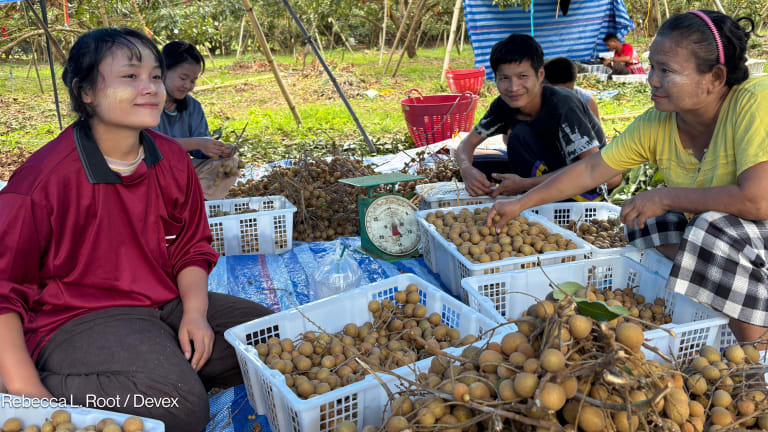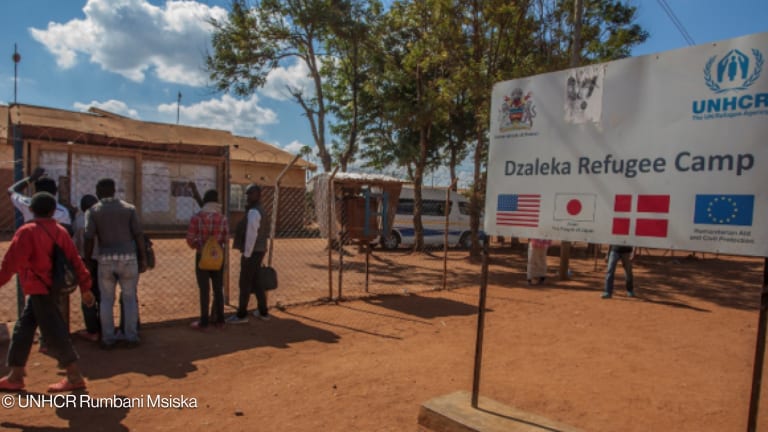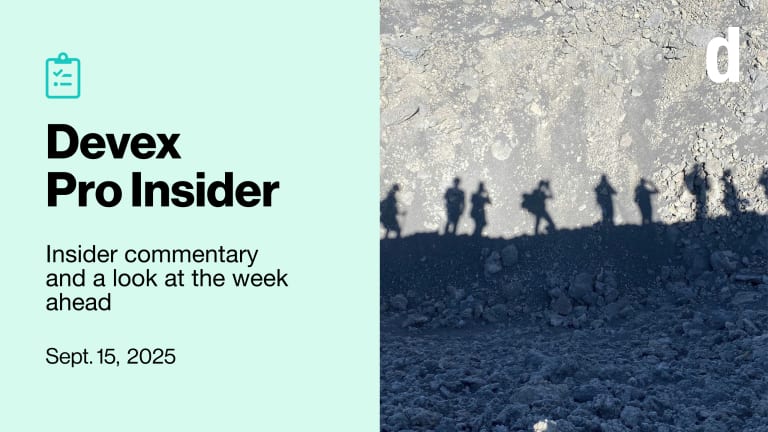
BELFAST, Northern Ireland — Many countries are weeks into their COVID-19 lockdowns, and societies are slowly adapting to the restrictions on movement. The situation has been frustrating for many — but for refugees and migrants, it can be life-threatening.
According to the Pew Research Center, 91% of the global population is currently living in places where restrictions have been imposed on who can enter the country, and 39% lives in countries where borders are completely closed to foreigners. That means limited access for those fleeing from conflict, persecution, or disaster. On average, 37,000 people are forced to flee each day.
How should refugee camps prepare for COVID-19?
Humanitarian workers and refugee advocates share five ways that organizations, donors, and governments should be preparing for the coronavirus response in refugee camps.
Some countries are offering increased rights to migrants and refugees who have already arrived — Portugal granted all migrants temporary citizenship to allow for access to health care, for example — but others are turning away those at their borders.
Malta and Italy failed to respond to multiple overloaded dinghies in distress last month and declined to allow nearly 200 people rescued by nongovernmental organizations to disembark. At least five people are thought to have died as a result, while a further seven remain missing.
The justification for such border closures is to safeguard populations from the spread of COVID-19, but Medecins Sans Frontieres has said European governments in particular are using the pandemic as an opportunity to repackage — or even extend — previous migration-control policies.
While accepting the need for some of the restrictions, Hassiba Hadj Sahraoui, humanitarian affairs adviser at MSF, said others “appear to be very knee-jerk — blanket closure of ports, for example — when, from a medical point of view, they’re not necessary or proportional to the stated aim.”
Sahraoui said these decisions, compounded by the fact that governments have reduced NGOs’ search and rescue capacity, mean that many people in transit face more danger than usual on their journey to safety — forced to endure endless hours at sea, days waiting at crossings without adequate food and water, or deportation back home, where the situations they were fleeing likely remain.
But with resettlement, relocation, and repatriation mechanisms suspended, there are also no alternatives for refugees and migrants trying to escape conflict-stricken Libya.
Although MSF is calling attention to the Mediterranean region in particular, the situation there is not unique. Malaysia recently turned away a boat of Rohingya refugees, stating that allowing entry would hinder the country’s fight against COVID-19. “These people had been at sea for two months, and when they were eventually rescued by the Bangladeshi coast guard, they disembarked and were really deeply affected by the experience, lacking food and water,” Sahraoui said.
“What we’ve seen already on the southern border of the U.S. ... is to essentially throw out decades of law and practice.”
— Bill Frelick, director of refugee and migrant rights, Human Rights WatchMeanwhile, hundreds have found themselves caught on transit routes or stuck at borders in India, Mexico, and elsewhere.
In the U.S., President Donald Trump last week suspended immigration for 60 days in response to the coronavirus. Bill Frelick, director of the refugee and migrant rights division at Human Rights Watch, warned of leaders using the pandemic as cover for power grabs, rights abuses, and the revocation of civil liberties.
“What we’ve seen already on the southern border of the U.S. — using the Center for Disease Control and Prevention as the rationale for doing this — is to essentially throw out decades of law and practice, in terms of granting people who arrive at the border that claim to be refugees a chance to have their claims examined before summarily returning them,” Frelick said. There is no evidence of a higher prevalence of the virus in Mexico, yet refugees and migrants are automatically being sent back under the pretext of a public health concern, he added.
At the same time, those who wish to study or conduct business in the U.S. are still allowed to enter under the label of “essential travel.”
“A person claiming that someone is threatening their life has a great — if not greater — claim to be an essential traveler than someone who is coming to study or do business,” Frelick said.
Many who would otherwise be crossing borders to safety are now stranded in their own countries. Alexandra Bilak, director at the Internal Displacement Monitoring Centre, said this has led to an increase in the number of people displaced within their own countries.
“When the governments in the [Sahel] region closed borders ... it meant that those people fleeing violence ... were no longer able to cross, and therefore we saw a spike in internal displacement,” Bilak said, adding that this is likely to continue as people have no other option but to find safety. “If they can’t leave their country, then they will become internally displaced.”
Alternatives to border closures
In a joint statement, the UN Refugee Agency, International Organization for Migration, Office of the United Nations High Commissioner for Human Rights, and the World Health Organization said there were ways to manage border restrictions while respecting human rights, including the principle of nonrefoulement — meaning not returning asylum-seekers to countries where they are likely to face danger. Instead, countries could put quarantine measures and health checks in place.
Sahraoui called on governments to recalibrate their measures and consider quarantining refugees and migrants on arrival rather than denying entry altogether. “Measures with less detrimental impact on the rights of people can be taken,” she said, adding that MSF had offered to set up a quarantine facility in Sicily for new arrivals but that so far authorities “have not entertained the idea.”
Frelick recommended taking precautions similar to those implemented when repatriating nationals during the crisis. For some countries, that means 14 days of quarantine, testing for COVID-19 symptoms, or self-isolation.
“The imperative that needs to be ensured is not to send people back to places where their lives, freedom, and physical integrity would be threatened, while at the same time protecting host communities from communicable diseases,” Frelick said. “The two are not mutually exclusive.”








